In Venezuela, given the deep economic crisis that the country is suffering, the producers of the different agricultural areas have suffered in different ways; In the case of poultry farmers, a series of respiratory and other diseases are affecting the productive potential of our herds and bringing great economic consequences for us with the decrease in egg production, the excessive increase in prices of food, medicines and all the elements that are part of this productive chain and that are affected by hyperinflation, in addition to the increase in expenses on medicines, end up being a checkmate to finish even improvising. That is why I decided to write this post, in order to help know what I have had to live in recent days with a very serious disease that affected my beloved animals.
In this case I am talking about the infectious coryza (IC) which is a disease that occurs due to rhinitis and infraorbital sinusitis, this catarrhal disease affects the upper respiratory tract and is caused by a bacterium known as Avibacterium paragallinaarum. In general, its first signs appear as rhinitis with seromucous discharges, which are dried around the nostrils.
Infectious coryza has the characteristic of transmitting very quickly among birds. And the main factors that lead to the disease being generated are high stress conditions, cold, overcrowding, humidity, air currents and lack of vitamin A. The disease progresses very quickly and can be observed in two or three days after emergence of the same, the production of a facial edema in the area of the infraorbital sinus, leading to normally lose one or both eyes product of the emergence of a protuberance of pus or thick yellowish liquid; while the rest of the birds that do not yet have this disease, they will see a permanent tear in the eyes. When the birds enter this state, there will be a decrease in the consumption of food and water, and in the laying birds a considerable reduction in egg production.
During the course of an infectious coryza outbreak, two tests were carried out, given the impossibility of stopping the mortality that led to a batch of 2000 birds having to take between 5 and 10 dead animals daily; A flock of 1000 birds was fed enrrofloxacin at a rate of 0.5 mL / L of water per bird for 6 days. And to the other batch of 1000 birds, Tylosin was applied at a rate of 0.5 mL / L of water per bird for 6 days, both batches were treated with 0.3 cc of amoxicillin injected into the breast.
Observing that the lot that was treated with enrrofloxacin and amoxicillin, suffered losses by mortality during these 6 days of 65 birds in total, having a percentage of posture of 72% of the number of birds, discarding dead birds and those that had to be sent to nursing (special cages away from the corrals).
While the batch of birds treated with tylosin and amoxicillin, suffered a mortality loss of 25 birds the first 3 days, the fourth day the birds stopped dying and began a considerable improvement over the herd, and although the percentage of posture fell to 56% increased faster after the faster recovery of bird improvement.
This led us to treat with tylosin the batch that had been treated with enrrofloxacin, for the same number of days.
It is important to note that once the infectious coryza is present in your herd, the sanitary biosecurity measures must be increased, in our case:
- We did a flaming or burning of the facilities with candles.
- Agricultural lime was dispersed throughout the facilities and new rice husk was added.
- It was fumigated daily with different products that would lower the bacterial load.
- The troughs and feeders were washed daily.
In the case of birds that were seriously ill we isolated them, with them extreme measures were taken, some were discarded and incinerated. And the others tried to save their eyes, removing the pus and washing with iodine and / or mitilene blue daily, applying higher doses of antibiotics.
Today we manage to maintain our herd, and we continue the arduous task of producing, so we can conclude, that the best way to fight the infectious coryza is prevention and if you find yourself overwhelmed by this disease, tylosin and redouble the biosecurity measures, they will be your best allies…
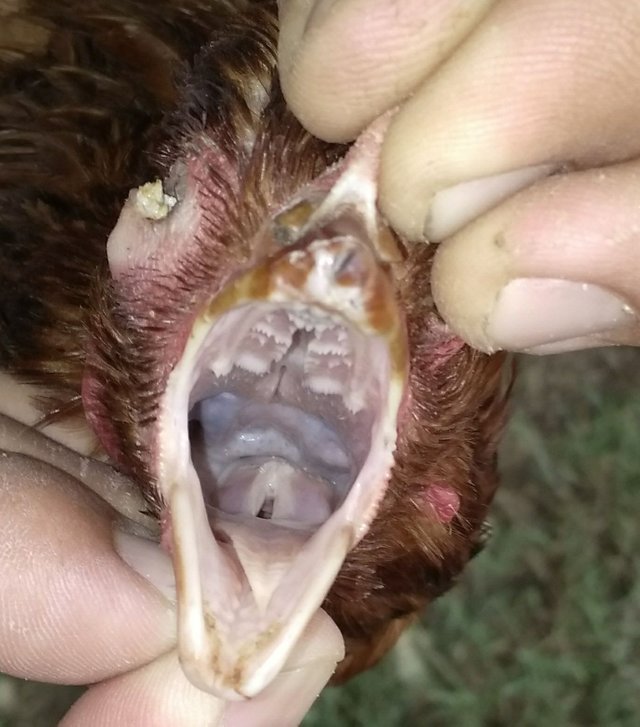.jpg)
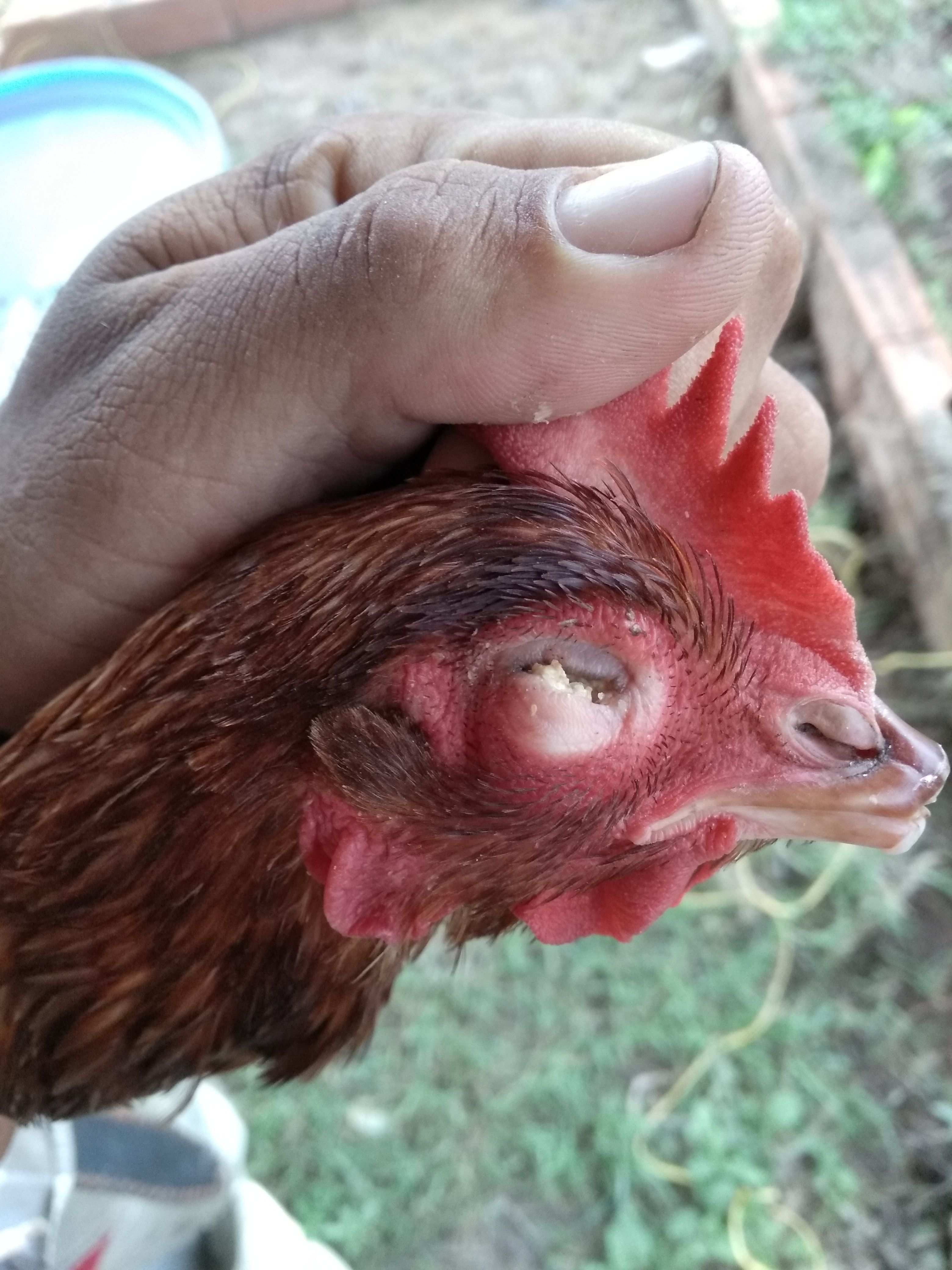
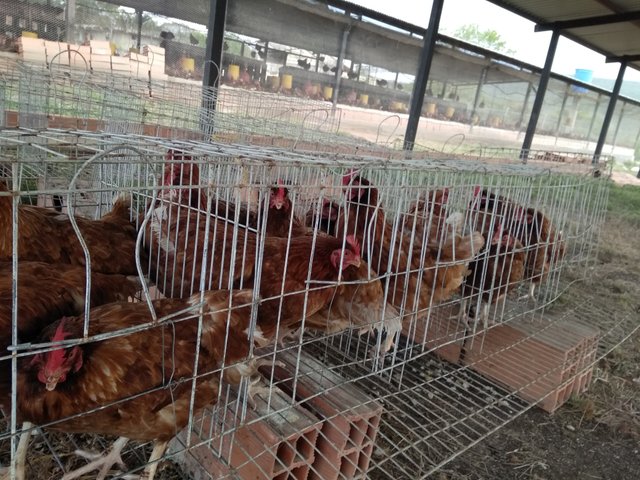
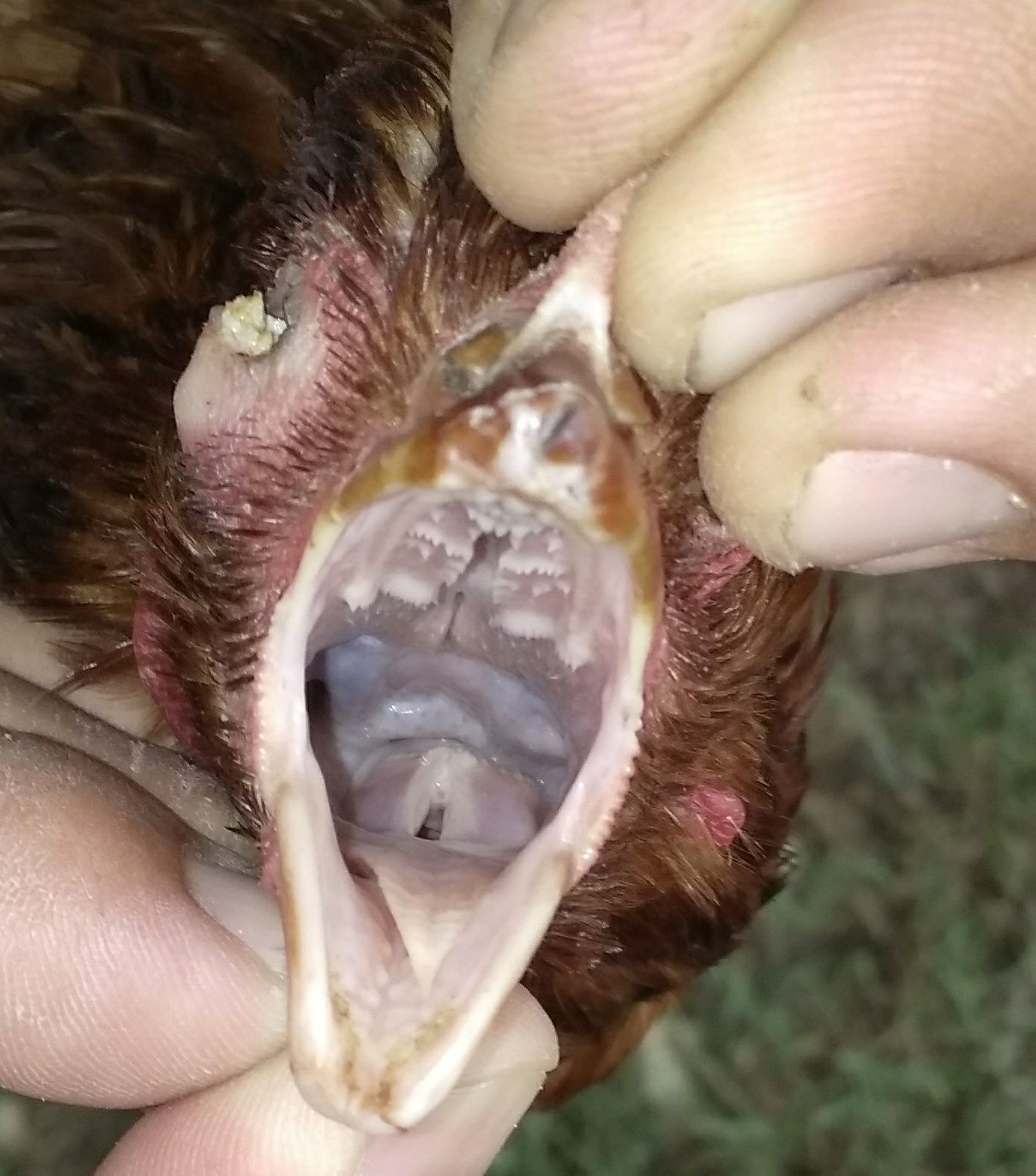
I hope you liked this post, it has been a pleasure to share it and help you fight this serious disease that can affect your animals. If you want to support me remember to leave your upvote, Resteem and comment. If you need help write me and I can give you advice
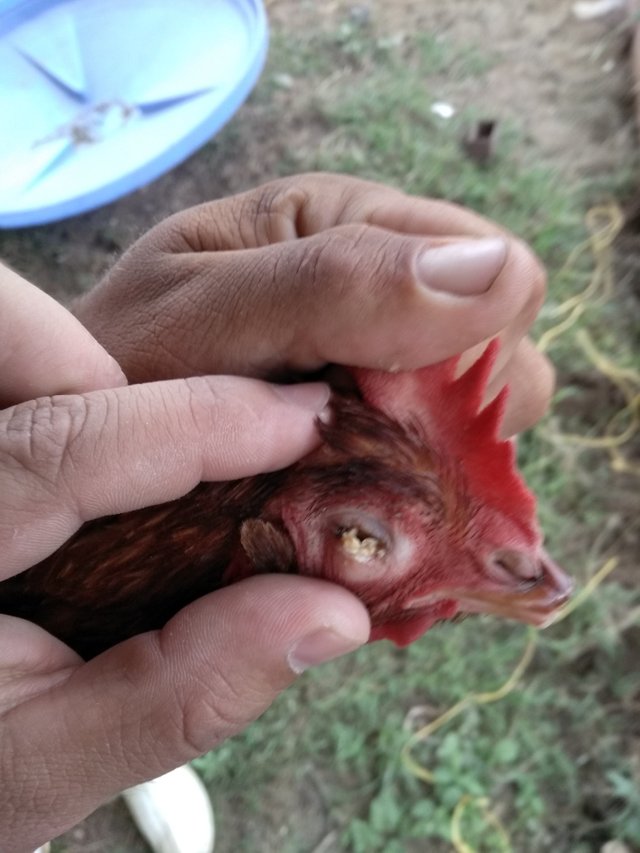
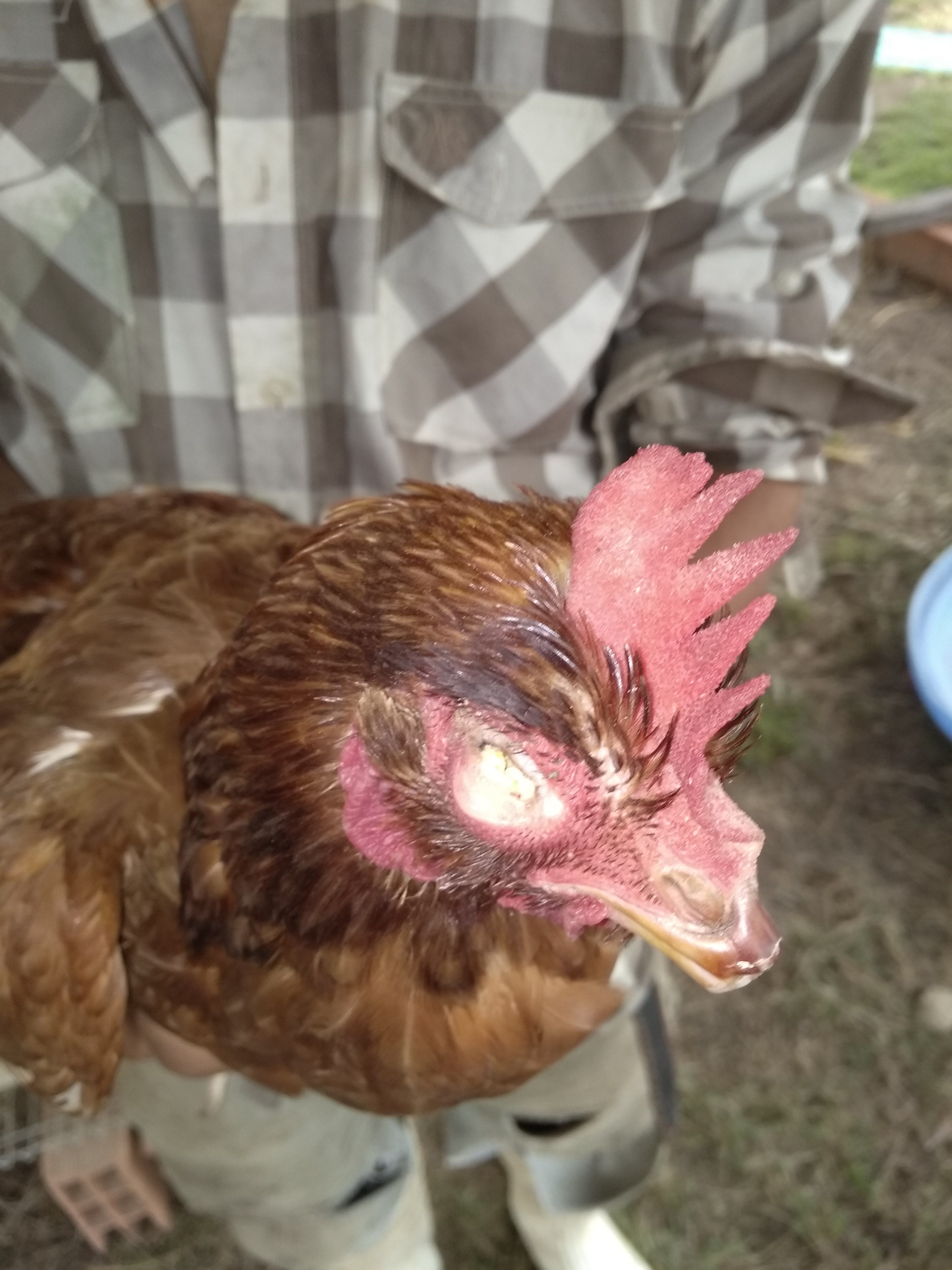
.jpg)



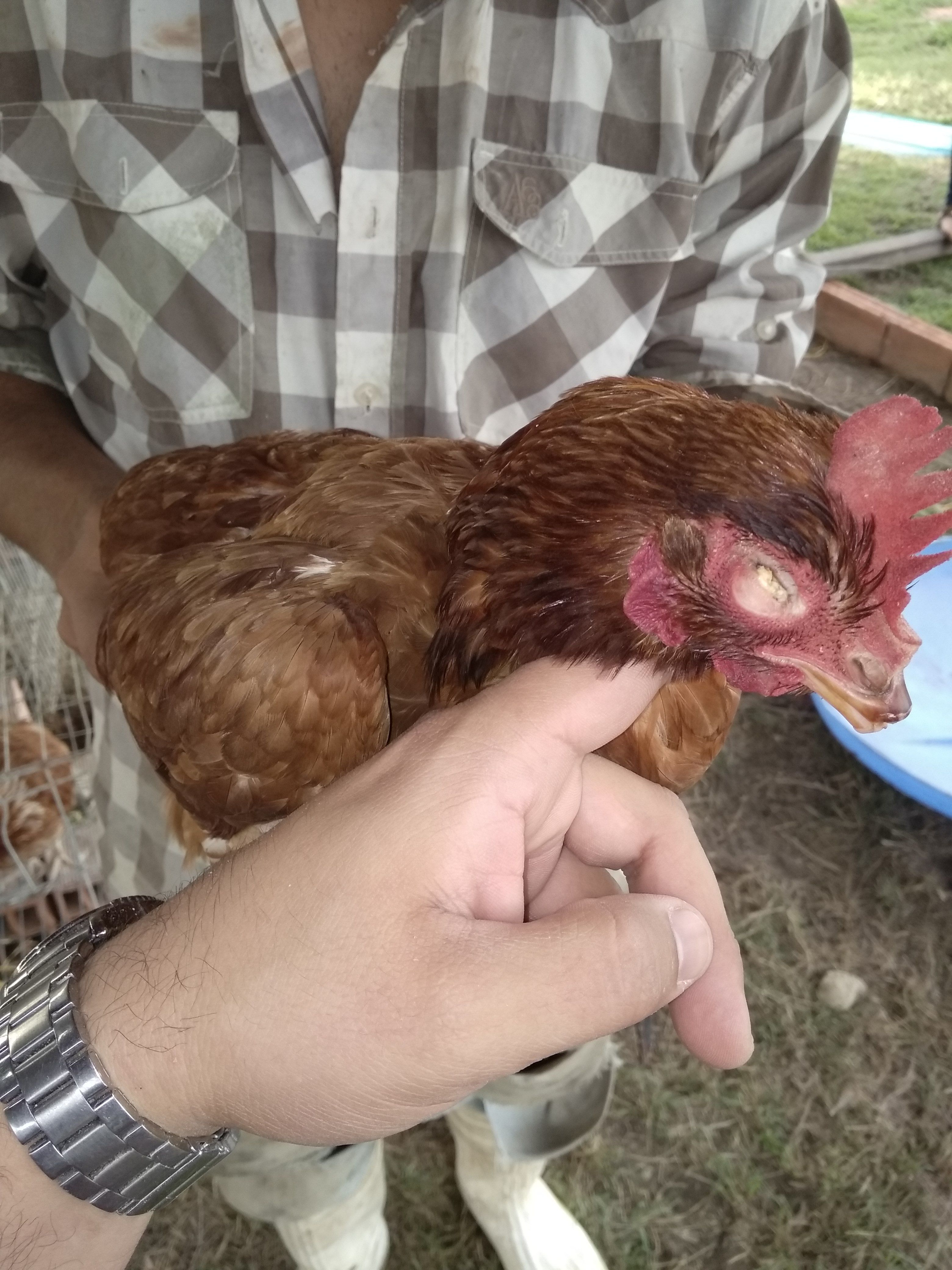
Congratulations @moscu77! You have completed some achievement on Steemit and have been rewarded with new badge(s) :
Click on any badge to view your own Board of Honor on SteemitBoard.
For more information about SteemitBoard, click here
If you no longer want to receive notifications, reply to this comment with the word
STOPCongratulations @moscu77! You received a personal award!
You can view your badges on your Steem Board and compare to others on the Steem Ranking
Vote for @Steemitboard as a witness to get one more award and increased upvotes!